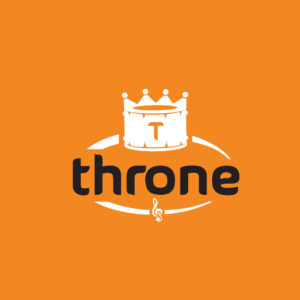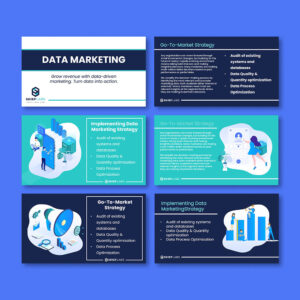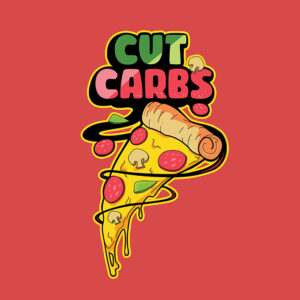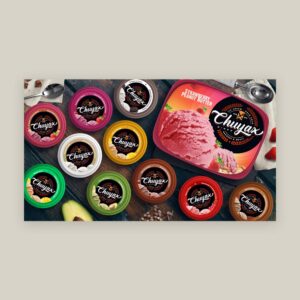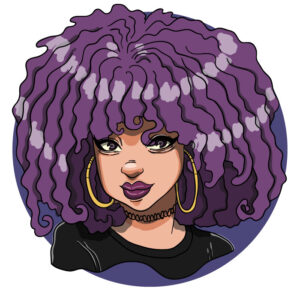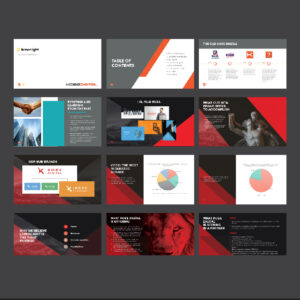
From simple logos to intricate illustrations, vector graphics are the one tool designers use to craft beautiful and scalable artwork. Unlike traditional raster images, vector graphics are resolution-independent. This means you can scale them up or down without losing quality, making them the best for digital and print media. However, vector drawings can be intimidating for beginners or those without graphic design knowledge.
Here is a complete guide to vector graphics and a few essential tips and tricks for creating professional-quality designs.
Table of Contents
- What are Vector Drawing Images?
- What is Raster vs. Vector Drawing?
- The Benefits of Using Vector Graphics in Design
- What are Vector Drawings Used For?
- How Do You Create a Vector Image?
- Vector Graphics Tips and Tricks
What are Vector Drawing Images?
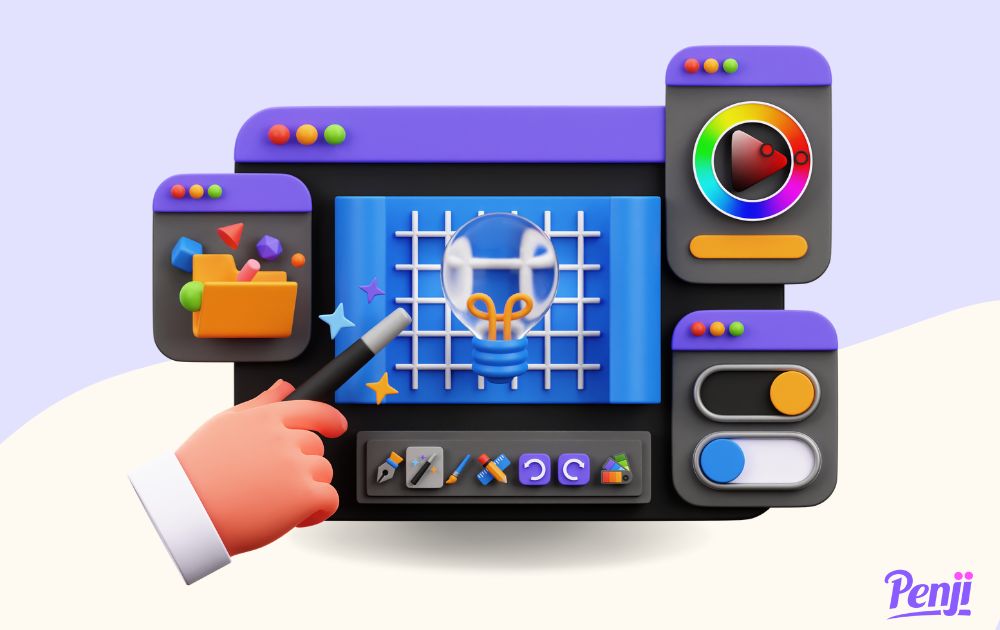
Before anything else, let’s define what a vector drawing image is.
Vector drawing images are digital graphics of mathematical paths, curves, and shapes. They are defined by their starting and ending points, directions, and magnitude. This means that you can scale vector images up or down without losing resolution or becoming pixelated. In addition, because they are scalable, they are ideal for use in various applications. This includes logos, icons, illustrations, and designs that require high-quality, crisp, and clear graphics.
Furthermore, to fully understand vector images, we can compare them with another type of digital image—raster.
What is Raster vs. Vector Drawing?
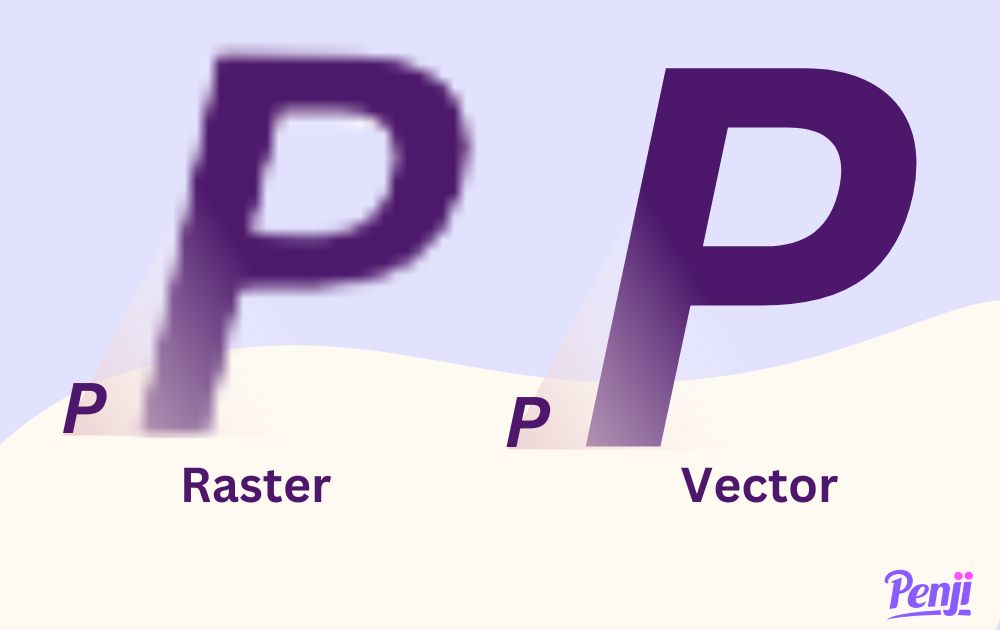
Unlike vector drawing images, raster graphics (also known as bitmap graphics) are digital images made up of pixels.
Each pixel in a raster image represents a single color, and the combination of pixels creates the overall image. Raster graphics are resolution-dependent, meaning they have a fixed number of pixels and cannot be scaled up or down without losing quality. When you enlarge a raster image, the individual pixels become more visible, and the image can appear blurry or pixelated.
How do you know if a drawing is a vector or raster? Aside from definition and resolution, here are the main differences between the two:
- Image Quality. Because vector graphics are based on mathematical formulas, they are sharper and more precise than raster graphics, which can appear blurry or pixelated at certain resolutions.
- Editing. You can easily edit and modify vector graphics since they comprise individual shapes and lines. For instance, you can easily edit free vector designs that you find online as long as you know how to use graphic editing software. In contrast, raster graphics are more difficult to edit because they are composed of pixels that cannot be easily modified without distorting the image.
- File size. Vector graphics tend to have smaller file sizes than raster graphics because they contain only mathematical formulas and coordinates rather than thousands or millions of pixels.
- Usage. Vector graphics are typically used for logos, illustrations, and other graphics that require precise and scalable shapes and lines. Raster graphics are better for photographs and other images that require fine detail and shading.
Additionally, vector files and raster files have different file formats and extensions. Here are some of the most common file formats used for each type:
Vector file formats:
- .ai (Adobe Illustrator)
- .eps (Encapsulated PostScript)
- .svg (Scalable Vector Graphics)
- .pdf (Portable Document Format)
Raster file formats:
- .jpg or .jpeg (Joint Photographic Experts Group)
- .png (Portable Network Graphics)
- .gif (Graphics Interchange Format)
- .tiff or .tif (Tagged Image File Format)
- .bmp (Bitmap)
It’s important to note that some file formats can support both vector and raster graphics, such as PDF, which can contain both vector and raster graphics, or PNG, which can include both transparent backgrounds and raster images with alpha channels.
The Benefits of Using Vector Graphics in Design
Below is a list of reasons to use vector graphics in your brand’s visual assets:
- Scalability: As mentioned above, vector graphics maintain their quality and resolution when you resize them. They will still look good on whatever platform you place them on, whether it’s a huge billboard or a tiny mobile icon.
- Flexibility: You can easily edit and manipulate vector drawings with lossless quality. This means you can adjust and modify them any time you need to.
- Resolution Independence: Vector drawings are not dependent on resolution. With them, you can be sure you’ll get crisp and clear images regardless of the display size or printing method.
- Consistency: Using vector graphics ensures your design is uniform across all your marketing materials.
- Efficient Workflows: Vector graphics simplify complex designs and enhance productivity as they are easy and quick to edit and reuse.
What are Vector Drawings Used For?
Vector drawings has many applications because of their advantages in terms of scalability and versatility.
In marketing, vectors are typically used for branding and visual assets. In fact, many of our clients here at Penji request vector images so that they can easily adjust the graphic depending on their needs.
Below are some of the branding assets you can use vectors for and sample images we’ve done for clients.
- Logos. Vector graphics are ideal for creating logos and other branding elements because they can be easily resized without losing quality.
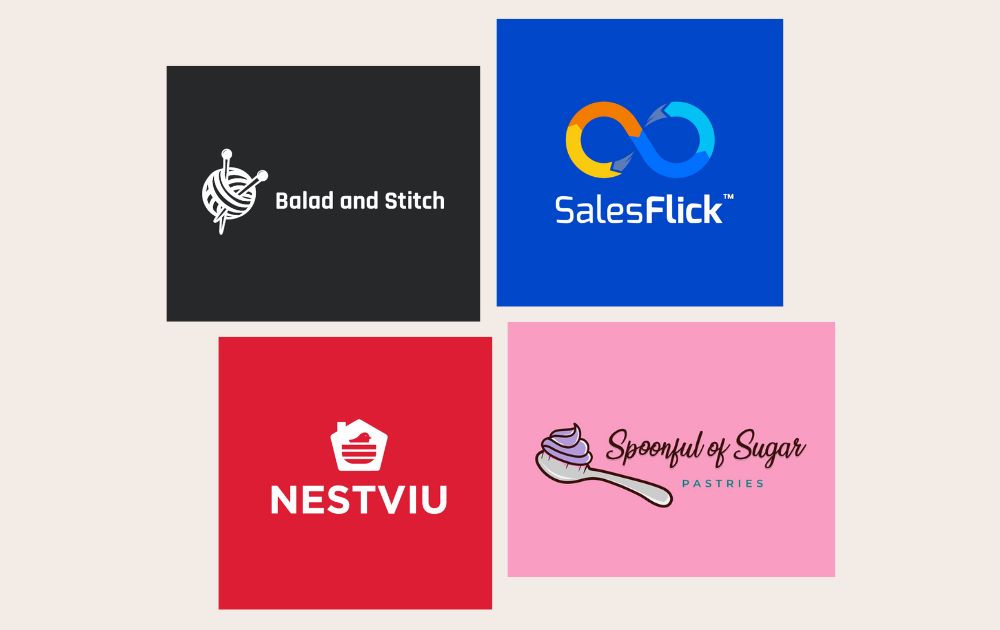
- Illustrations. Vector graphics are often used to create illustrations for books, magazines, and other publications because they can be easily edited and scaled up or down without losing resolution.
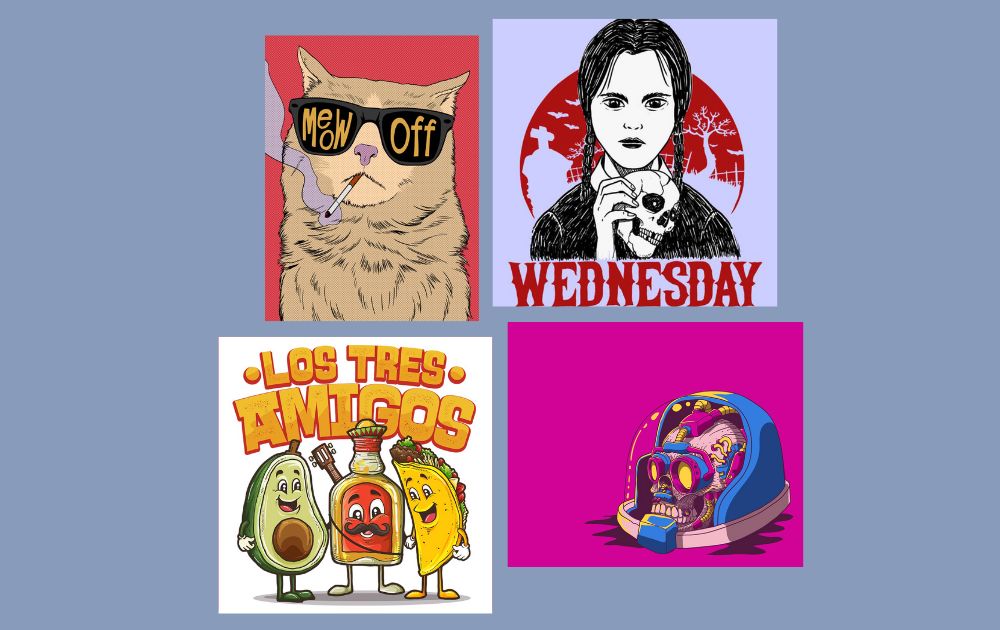
- Infographics. Vector graphics are also commonly used in infographics, which are visual representations of information and data.
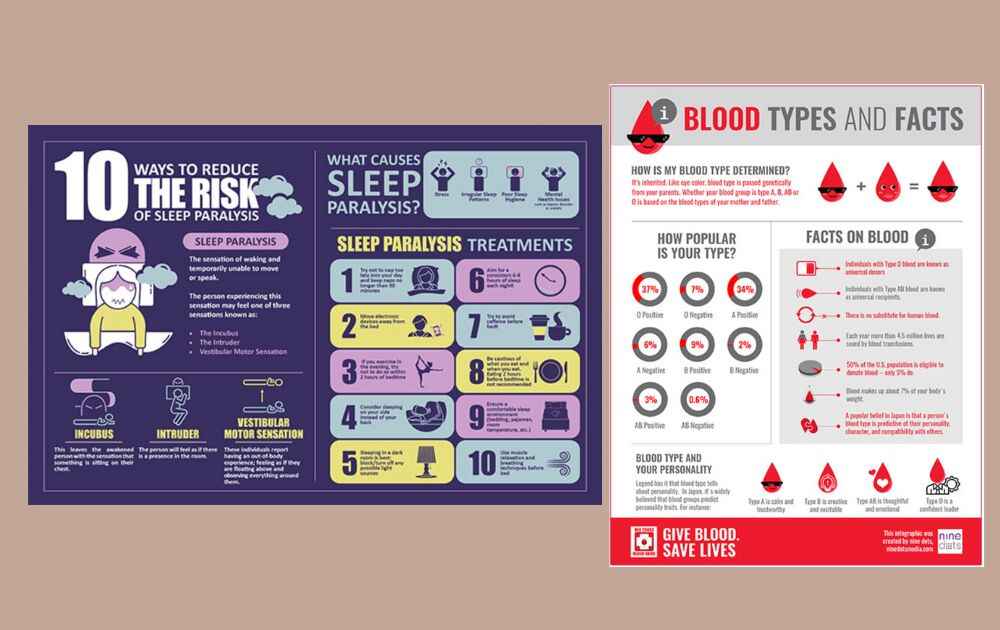
- Web graphics. You can find vector drawings in many web graphics, such as icons, buttons, and other elements because they can be easily optimized for web use and are lightweight, which helps reduce loading times.

- Product packaging. Many companies use vector drawing images in product packaging design because they can be easily edited and resized for different product sizes and shapes.

How Do You Create a Vector Image?
To create a vector image, you will need vector graphics software such as Adobe Illustrator, CorelDRAW, or Inkscape.
In the software, you can use the pen tool or any other drawing tool that you prefer to draw outlines or shapes. You can use the anchor point tool to adjust and refine curves and angles and the fill and stroke tools to color and style the image.
Finally, you must save the vector design in .ai, .svg, or .eps to preserve its scalability and editability.
Vector Drawing Tips and Tricks
Here are some additional tips and tricks for creating vector drawing images:
- Use simple shapes and lines to create your image. This will make it easier to edit and modify your artwork.
- Create your image in layers to keep your design organized and editable.
- Use the color palette and gradients to add color and depth to your image.
- Experiment with different brush strokes and effects to create unique textures and styles.
Though learning how to make vector art may be exciting, it can be quite tedious. After all, you need to invest time and energy when trying to get the hang of a new app, and you also need to brush up on essential graphic design principles.
That said, it may be more practical to leave the job to a professional graphic designer. This ensures high-quality vector images that are visually appealing and effective in conveying your message. Designers have a deep understanding of design principles, composition, and color theory. They know how to use various design software tools to create beautiful and functional vector images.
About the author

Carla Deña
Carla is a journalist and content writer who produces stories for both digital and legacy media. She is passionate about creativity, innovation, and helping small businesses explore solutions that drive growth and social impact.





